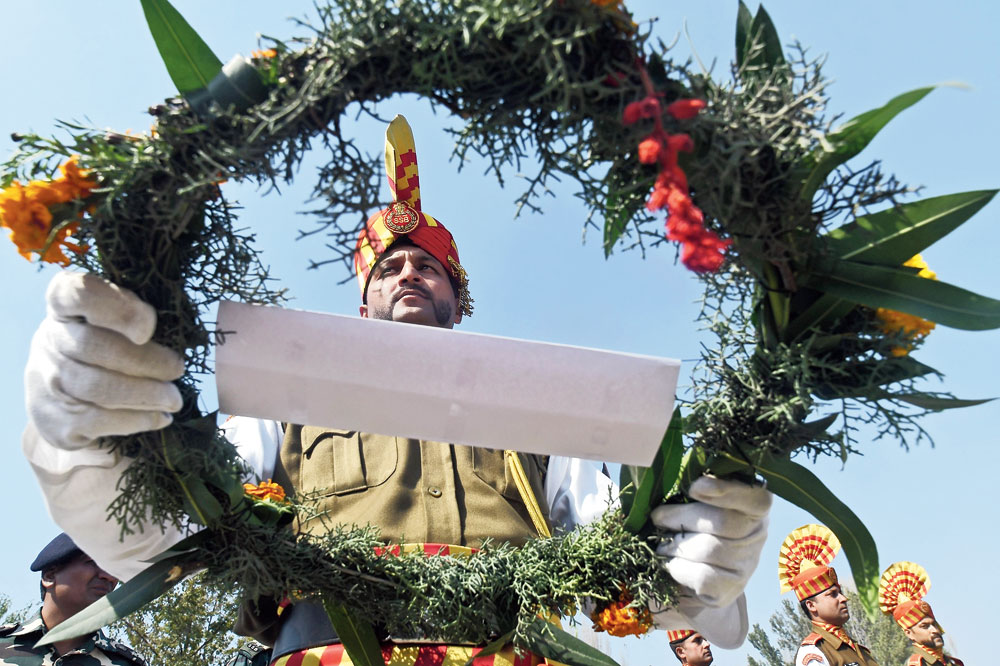Jammu and Kashmir governor Satya Pal Malik on Monday formally sounded the bugle for panchayat polls in the state despite the near-total boycott the Valley witnessed in the municipal elections earlier this month.
Chief electoral officer Shaleen Kabra said the elections would be held over nine phases across the state between November 17 and December 11 and the notification for the first phase issued on Tuesday.
The announcement of the schedule came on a day Kashmir observed a complete shutdown over the deaths of seven civilians at the site of Sunday’s encounter between militants and security forces in a village in Kulgam.
Separatists have called a march to Srinagar’s Lal Chowk on Tuesday.
The Valley had clocked the lowest-ever turnout of less than five per cent in the municipal polls earlier this month but the numbers have not led to a rethink within the governor-led administration regarding the rural polls.
Malik had on Sunday brushed aside queries on the low turnout, saying such things had happened in the past too.
The panchayat polls would be a bigger challenge for the administration as they involve a far bigger electorate and many more candidates. Kabra said the electors in the panchayat polls numbered more than 58 lakh, against the less than 17 lakh in the urban body polls.
While there were 1,145 wards involved in the four-phase municipal polls, the panchayat elections will be held in 4,483 halqas (a basic village unit) spread over 316 blocks where as many as 4,483 sarpanchs and 35,029 panchs — more than half of whom are in the Valley — will be elected.
It would be an uphill task to get as many candidates to contest in the face of a boycott call by separatists and militants and the decision of two key players, the National Conference and the PDP, to abstain.
Nearly 70 per cent wards in the Valley saw no contest in the municipal polls, either because nobody came forward or lone candidates won unopposed. In the rest of the wards, less than five per cent voters came out to vote.
In Srinagar city, which had the highest voters, the turnout was less than two per cent. The state, including Jammu and Ladakh, clocked a turnout of 31.5 per cent.
The last panchayat elections were held in 2011 after a gap of 10 years and the panchayats had completed their term in July 2016. But no elections could be held in the last two years because of the unrest that followed the death of Hizb poster boy Burhan Wani.
The 2011 election had seen an unprecedented 80 per cent turnout, a sign that the situation was improving, but it took a turn for the worse after the BJP and the PDP took charge in 2015. The alliance has since collapsed.










